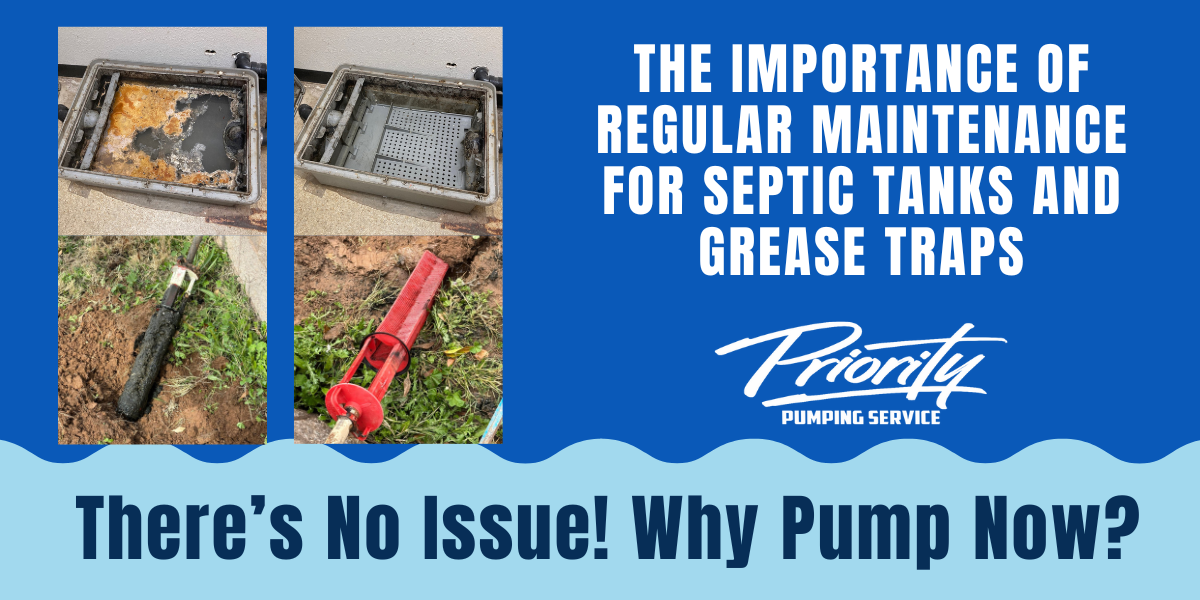Not known Facts About Stillwell Septic And Grading
Excitement About Stillwell Septic And Grading
Table of ContentsThe 25-Second Trick For Stillwell Septic And Grading7 Simple Techniques For Stillwell Septic And GradingRumored Buzz on Stillwell Septic And GradingNot known Incorrect Statements About Stillwell Septic And Grading A Biased View of Stillwell Septic And GradingThe Only Guide to Stillwell Septic And Grading
Repair dripping taps and pipes fixtures. https://forums.hostsearch.com/member.php?257676-stillwellsag. A dripping commode can throw away numerous gallons of water a day. Take much shorter showers. Aim for less than 5 and do the shower jive. Take baths with a partially-filled bathtub and do not leave the faucet running when doing other tasks. Wash just complete tons of dishes and washing.
Stillwell Septic And Grading Things To Know Before You Get This
Prevent burning stacks of fallen leaves or branches over the drainfield, as the heat can damage the plastic pipelines listed below. Restriction the addition of topsoil or garden compost to no more than 2 to 3 inches over the drainfield. Setpic System Repairs. An excellent guideline for landscape design over drainfields is to use shallow-rooted plants that do not need extra topsoil to prosper
Grass is the very best cover. Avoid trees, shrubs, and water-loving plants with deep roots. Lawns, blended wildflowers, and ground covers with shallow roots are great options. Plant trees and hedges a minimum of 30 feet away from your sewage-disposal tank and drainfield to maintain origins from entering and breaking or blocking the drainfield pipelines.
A septic system failing causes untreated sewer to be launched and carried to where it ought to not be. This might trigger sewage to come to the surface area of the ground around the container or the drainfield or to back up in pipelines in the structure.
Stillwell Septic And Grading Fundamentals Explained
In a lot of cases, the individual that falls in ventures out without severe injury. A youngster's terrible fatality is a suggestion to examine your septic system for harmed or missing lids. https://www.slideshare.net/georgebraden29910. Owners of septic tanks are in charge of making certain the systems are risk-free and feature correctly, consisting of having a safe and secure lid on the containers
Consistently evaluate the problem of the lids for dangers or troubles. Maintain the lids safe by fixing or replacing all damaged or missing components. Usage bolts, screws, or other locks to safeguard the covers and prevent simple gain access to. Never ever drive or park vehicles in addition to septic systems- it can damage or remove the cover.
Not known Incorrect Statements About Stillwell Septic And Grading
Make sure the lids are secured after functioning on your septic system. Show youngsters that the septic container lids are not to be played on or opened.
Keeping in mind the degrees will aid figure out if there is a prospective problem with the system. The tank will certainly be totally pumped down, removing all of the fluid and solid waste - Setpic System Repairs. As soon as the storage tank is completely pumped, the inlet and electrical outlet tees of the will be evaluated to ensure they are still undamaged and working correctly
A Biased View of Stillwell Septic And Grading
If you are home at the time of service (entirely not required if that's not your thing) you might be asked to purge your toilets to ensure whatever is flowing correctly. As soon as the service is complete, the septic storage tank will certainly be covered as it was when we got here! Experts advise having your system pumped every 3 to 5 years but a number of aspects need to be considered when choosing how commonly your septic system needs to be serviced.

If your septic has actually not been serviced in more than 6 months, we would certainly desire to service the septic. If the problem lingers, a drain cleaner will certainly after that be sent out to clear the line to the septic container.
The 45-Second Trick For Stillwell Septic And Grading

If the ponding is focused over the leach field that might suggest a leach line is blocked with Bio-Mat and requires to be fixed or changed. Most septic containers have a couple of covers; one over the inlet side of the sewage-disposal tank (where the water from your home enters the storage tank), one in the facility of the container, and one on the electrical outlet side of the tank (where the liquid from the storage tank leaves to your leach field).
Sliced up food bits do not damage down in the septic system and can make their method out right into your leach area lines causing clogs. Waste disposal unit, also those marked septic secure, are not thought about helpful for your septic tank. Proper working level is where the water level in your storage tank fulfills the outlet tee of the useful source container.